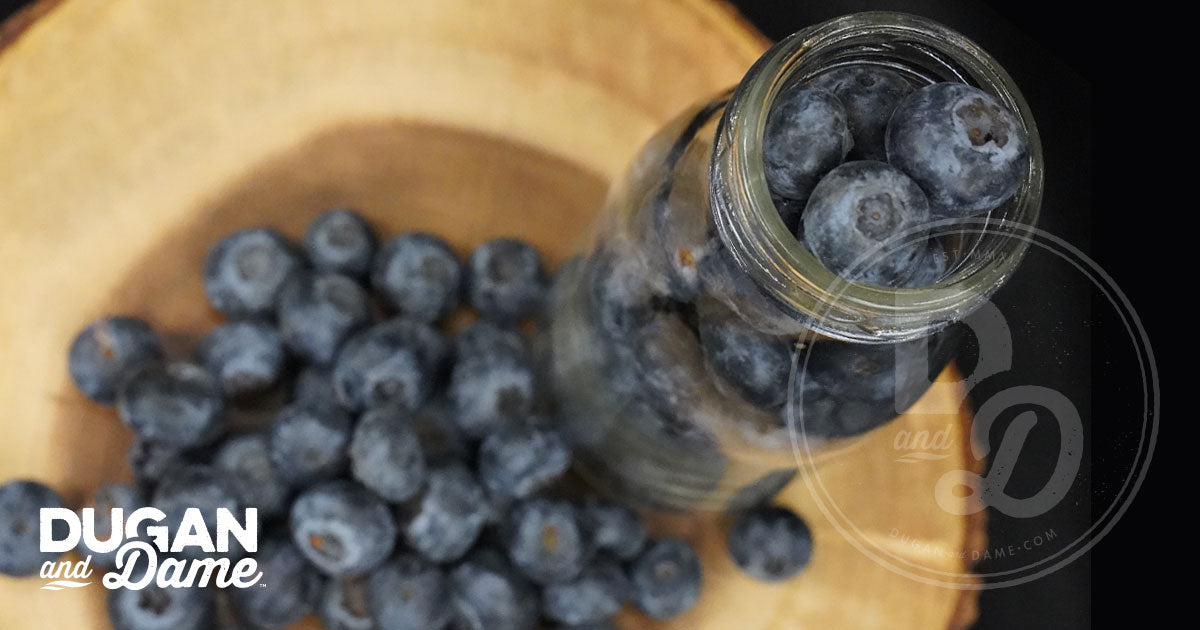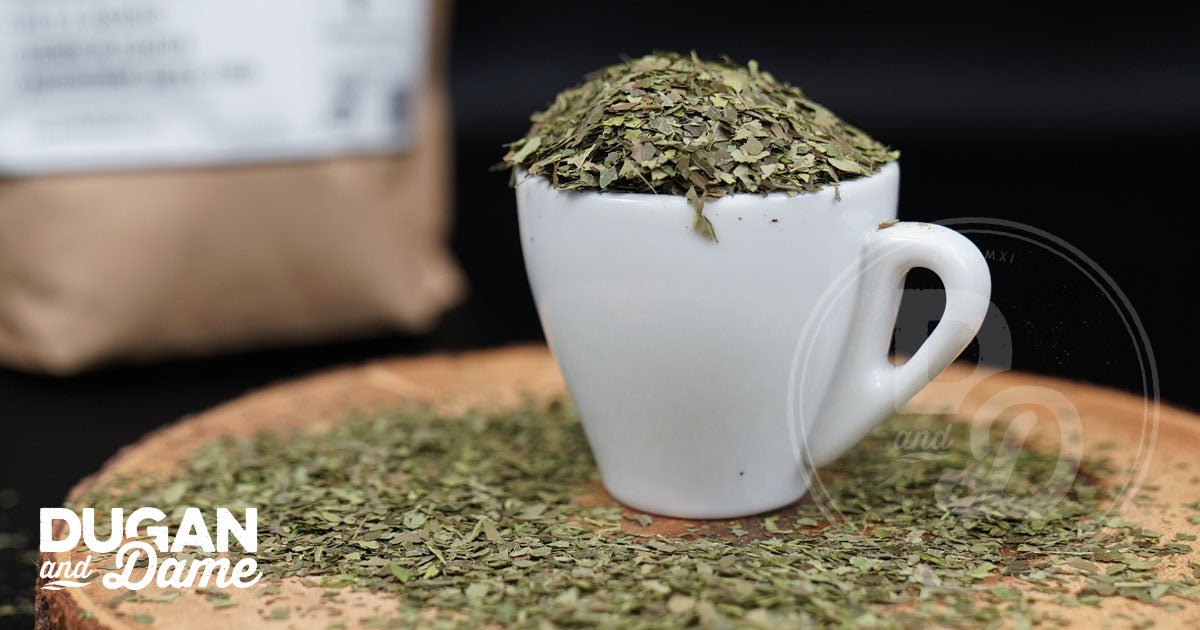
Magical, medicinal, culinary, aromatic and widespread throughout the world – mint comes in 600 different varieties and is easy to grow nearly anywhere. The easiest way to identify mint is by its square stem and with so many varieties it is easy to stumble across.
With such a variety of uses and ease to grow it’s no wonder that mint is such a common place plant in every culture. It has an incredible amount of uses.
It has been rubbed on beehives to prevent hives from being swarmed and keeps the resident bees from leaving. Spearmint was added to milk because it appeared to lengthen the shelf-life of milk and keep it from curdling. Spearmint is also the type of mint most commonly used for culinary purposes to flavor sauces, jellies and the like because of it milder flavor than peppermint.
FOLKLORE & HISTORY
In Greek mythology, Minthe was a nymph lover of Hades whose wife Persephone, in anger, turned her into a mint plant.
Mint was used in Greek funeral rites to mask the smell of the body. Drank as a tea it is said to add strength to our words, increasing the success of all oratory, including prayers, spells, speeches, vows of love, debates, negotiations and more. It is used to increase strength and build fortitude needed to overcome difficult situations. It has been used to break streaks of bad luck.
It has also been used as a floor wash and grown around the house to keep away troublesome people. The floor wash is also used after turmoil in the family, such as family arguments, to return the household back to peace and calm.
It has been added to psychic enhancing teas, incenses and fragrance oils and if placed under pillows is said to encourage prophetic dreams.
MEDICINAL USES
The most common and popular way to use mint in healing is as a tea. This cooling tea can calm an upset stomach and indigestion. It can also help with lower abdominal pains such as those associated with IBS. Being such a strong cooling plant, it can be upsetting for those whose body temperature already runs on the cooler side. Its scent can also be soothing when feeling nauseated. Its scent relieves nasal congestion by opening up airways and can help alleviate headaches.
Peppermint is the variety of mint that is typically used to topical healing. Its menthol content creates a warming-cooling sensation on the skin and is helpful for aching muscles, joints and arthritic conditions. Used in chest rubs it can soothe coughs and congestion.
Mint has antifungal and antibacterial properties which can help mitigate bad breathe.
HOW WE USE MINT
We extract mint for its menthol properties to use in our Sassy and Lady Gray Bitters. This brings in a subtle cooling effect to the bitters to help balance their bitter properties.



